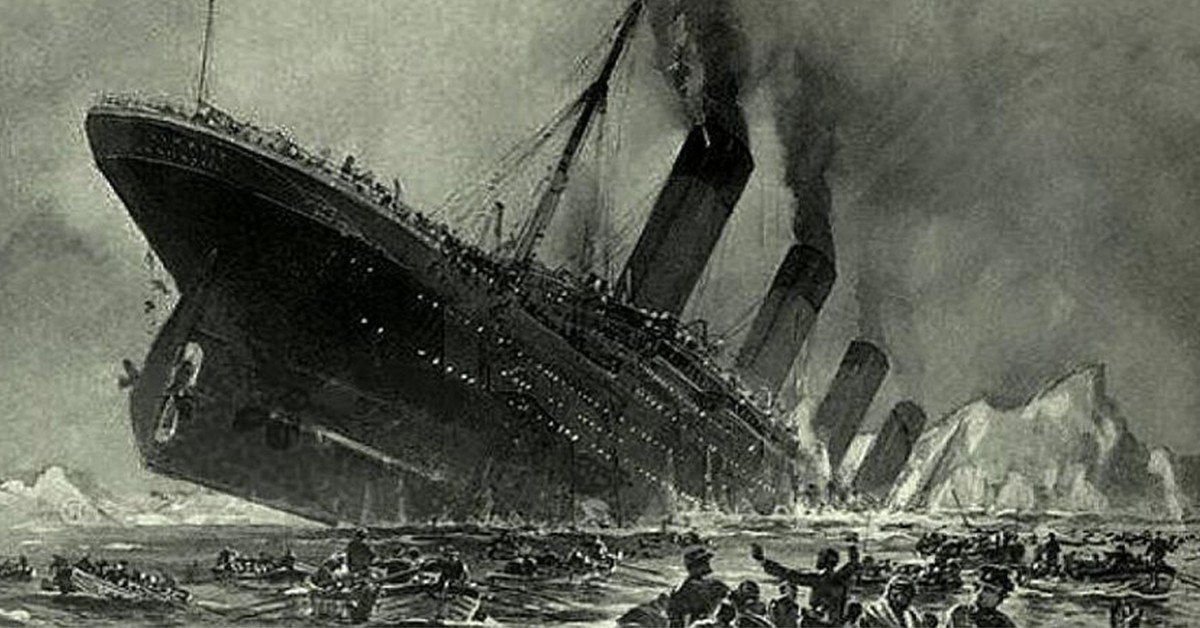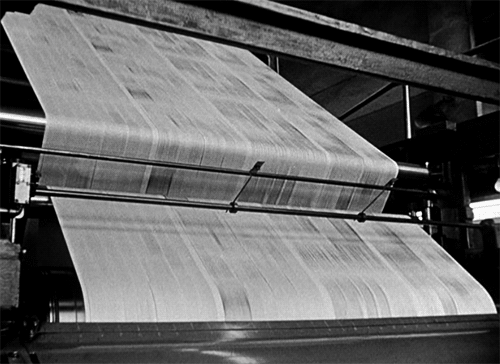It may have occurred over 100 years ago, but the sinking of the RMS Titanic has captured imaginations in a way few historic tragedies have, and not just because of the 1997 film starring Leonardo DiCaprio (RIP Jack, you could have fit on the door).
Everyone knows the story. Only four days into its maiden voyage, the Titanic hit an iceberg in the North Atlantic Ocean, and sank in the early hours of the 15th April 1912.
The wreck was lost for almost 70 years, until it was discovered in 1985.
But those are just the basics. Here are 25 facts you never knew about the Titanic disaster.
25. There were only two bathtubs for 700 third class passengers
Despite the luxury that first class passengers enjoyed, third class had only two bathtubs for 700 men, women and children.
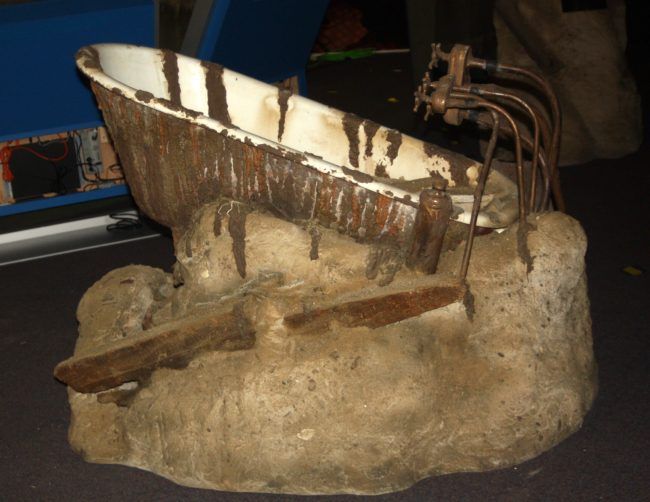
Despite the poor conditions by today’s standards, these were among the best at the time.
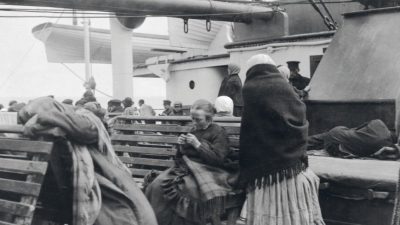
Some passengers had paid only $20 to make the journey to America, although at the time it would have been equivalent to $488.67.
Third class passengers were the main source of profit for liners such as the Titanic, due to the sheer number of them onboard.
24. A fortune teller predicted the tragedy
Two months before the ship’s maiden voyage, future passenger Alice Elizabeth Fortune visited a psychic in Egypt.

Fortune was told: “You are in danger every time you travel on the sea, for I see you adrift in an open boat. You will lose everything but your life.”
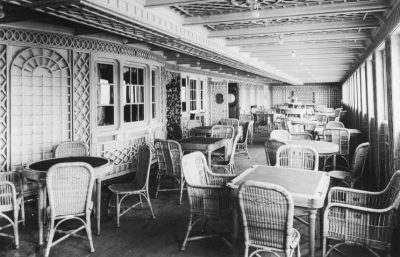
The 24-year-old survived the actual sinking. However, her brother and father did not.
In another eerie coincidence, the Titanic disaster was foretold in a pair of books about cruise liner disasters: The Sinking of a Modern Liner, by British journalist W.T. Stead and published in 1886, and Futility, or the Wreck of the Titan, by Morgan Robertson, published in 1898.
Stead himself was on board the Titanic when it sank. He was one of the ship’s many victims.
[rtk_adunit_top]
23. The ship’s baker lived – but only because he was drunk
Who said being drunk never helped anyone? It certainly helped Charles Joughin, the baker on-board the Titanic.
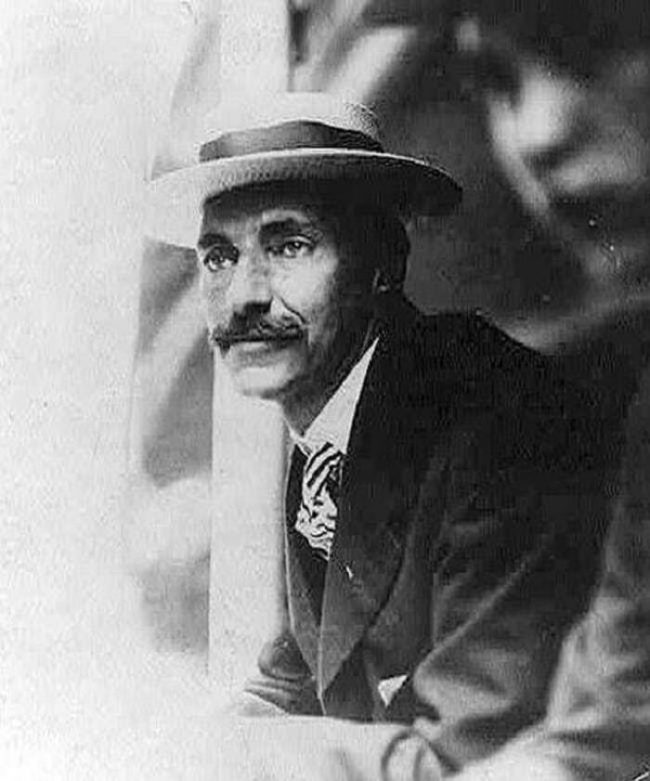
After helping to save as many passengers as he could, Joughin got wasted while he waited for death.
Surprisingly, he survived by treading water for two hours in the freezing, 28 degree water – the guy was so drunk his blood was too thin for him to contract hypothermia.
So there you go: if you ever find yourself in the same position, drink plenty of booze.
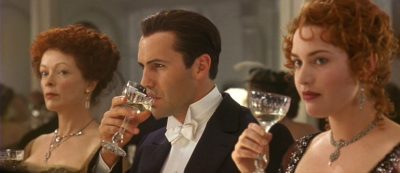
It might just save your life.
[rtk_adunit_middle]
22. A lot of garlic bread went down with the ship
As a luxury ocean liner built to spend weeks at sea, the Titanic was fully stocked with literally tonnes of provisions.
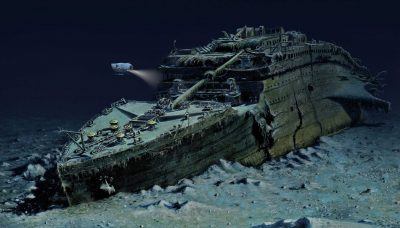
One thing on the menu, surprisingly considering the period, was garlic bread.
In all, the Titanic actually sank with approximately 3,000 pounds of garlic bread on board.
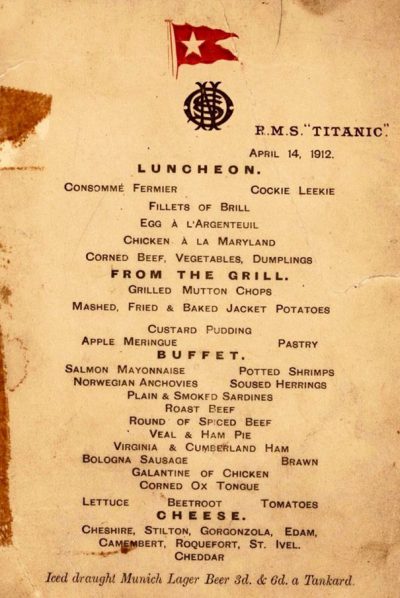
Excuse us whilst we chip in for one of those tickets to go and explore the vessel; we’ll be attempting to rescue as much of that garlic bread as possible.
[rtk_adunit_bottom]
21. A man in drag was saved by his outfit
Just like in the James Cameron movie, one man did dress up as a woman to get a spot on a life boat.
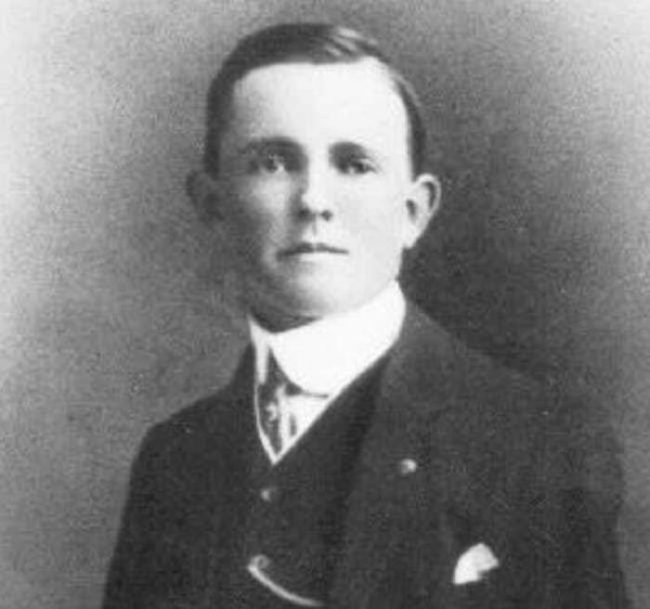
While waiting to board, a woman threw a shawl over the shoulders of Daniel Buckley, which in the end saved the 22-year-old’s life.
No one is sure who the woman was, but Buckley himself believed it was Mrs Astor, the wife of the wealthiest man on the ship who perished in the disaster.
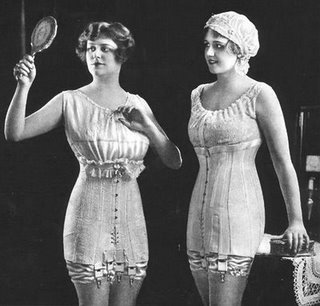
The young man said: “I was crying. There was a woman in the boat, and she had thrown her shawl over me, and she told me to stay in there.”
[rtk_adunit_top]
20. The Titanic was the first ship to come with a heated swimming pool
Talk about luxury.
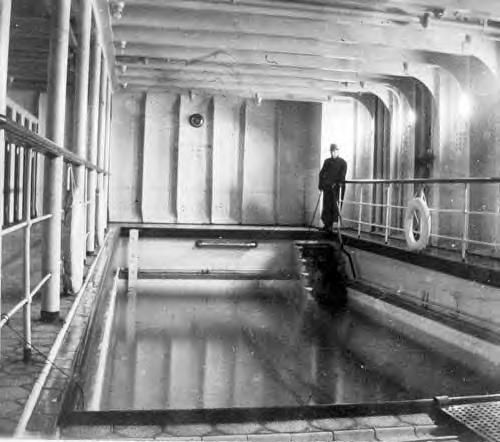
The Titanic had a heated swimming pool, which was filled with seawater – on its deck, the first of its kind on-board any ship.
The Titanic also boasted a state-of-the-art gymnasium, another radical feature for the time.
The gym had rowing machines and exercise bikes, which were sold as being ‘good for the liver’.

With all the drink the Titanic’s passengers were consuming, they probably needed a few hours in the gym.
[rtk_adunit_middle]
19. Three dogs made it on to the lifeboats
Although nine dogs were killed during the sinking of the Titanic, three lucky ones somehow managed to get on to the lifeboats.
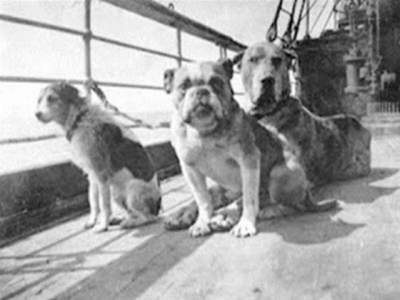
They were two Pomeranians and a Pekinese.
One of the surviving pups belonged to Henry Harper of Harper & Brothers (later to become HarperCollins) Publishing.
When asked why he chose his dog over other passengers, Harper said: “There seemed to be lots of room, and nobody made any objection.”
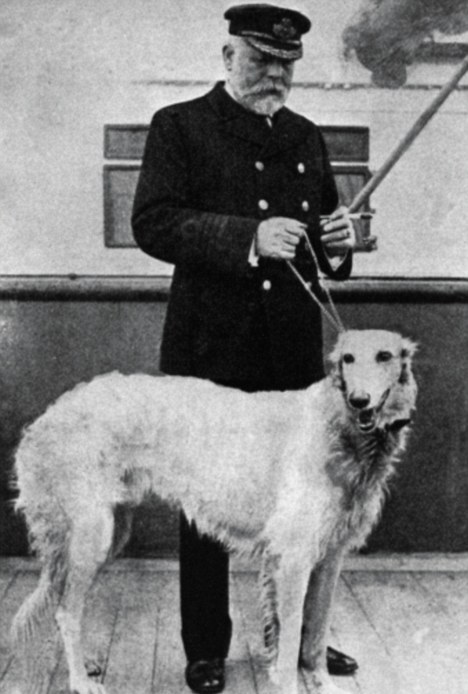
The dog owners on the ship had planned to hold a dog show aboard the ship on the morning of 15 April, but the Titanic would sink the preceding night.
[rtk_adunit_bottom]
18. A lifeboat drill was cancelled on the morning of the disaster
It’s fair to say that the lifeboat situation on the Titanic was beyond poor. Due to mass panic, some boats left without their full capacity, meaning many more could have been saved.
It was a tragic situation that could have been mitigated if only a planned lifeboat drill had gone ahead as planned the morning of the disaster.
So sad.
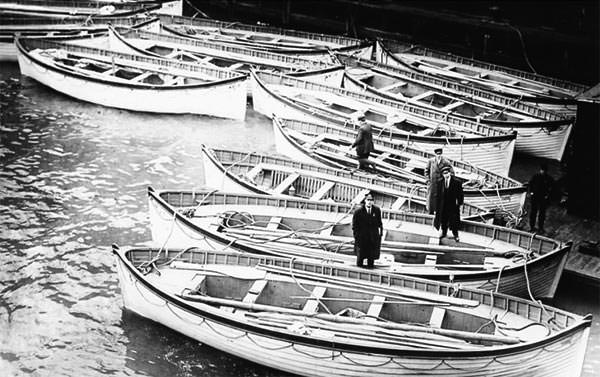
It is speculated that the drill was cancelled in order to allow passengers to attend church services instead.
[rtk_adunit_top]
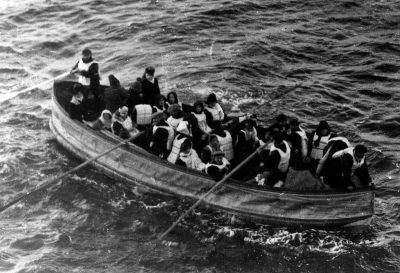
Still, there were never enough lifeboats on-board the ship to save everyone: though the boat was designed to carry 32 lifeboats, this number was reduced to 20 – enough to carry 1,178 people – in order to decrease the clutter on deck.
There were 2,229 people on board.
[rtk_adunit_middle]
17. A letter written on the day of the sinking still exists
The note was from Esther Hart and her daughter Eva, who wrote a letter to Esther’s mother about the wonderful time they were having onboard.
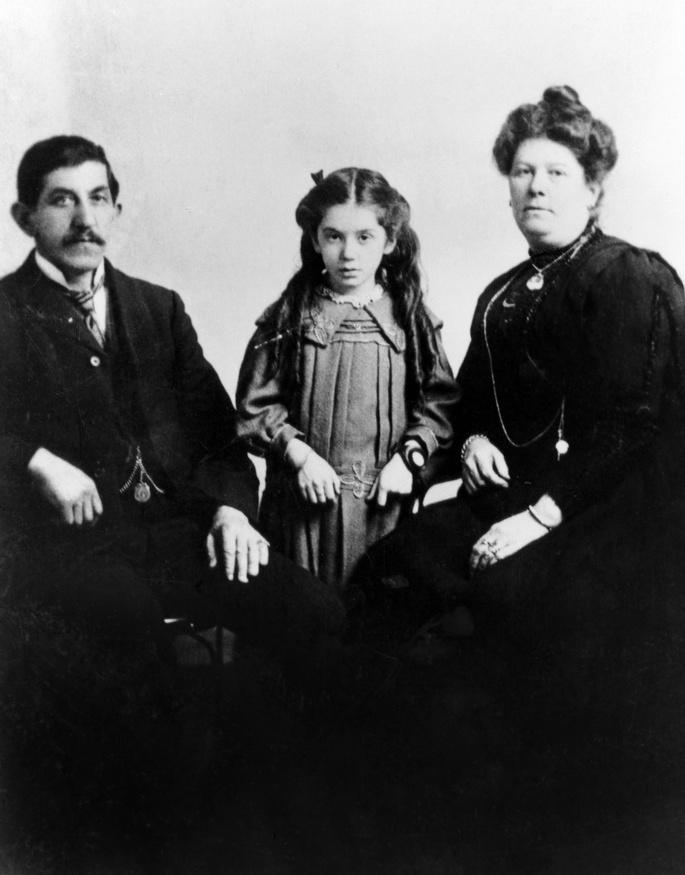
This is the only letter written on the actual day of the sinking to survive. In it, Mrs Hart says how the ship was expected to arrive in New York 12 hours ahead of schedule.
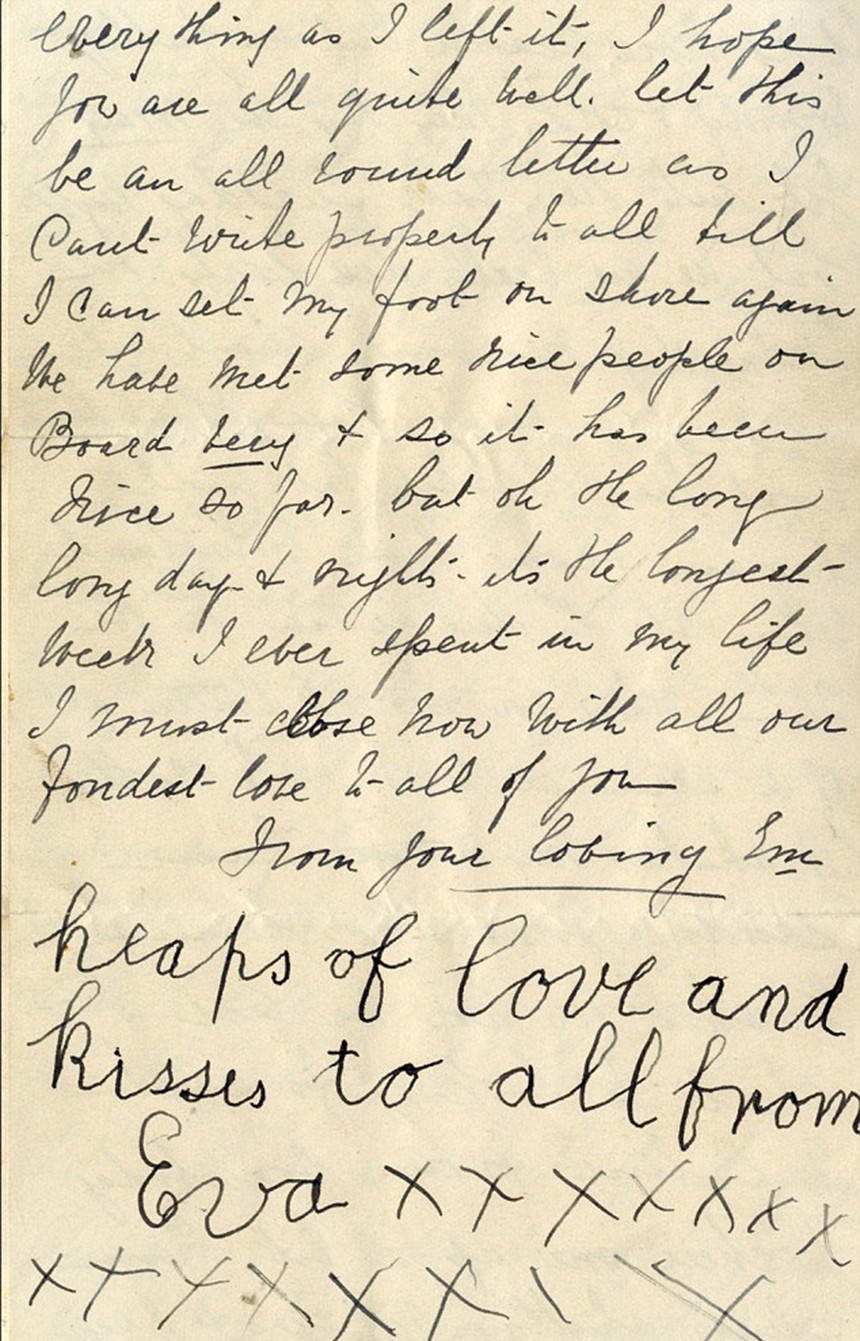
Although Esther’s husband sadly passed away in the disaster, Esther and Eva survived.
The letter was kept by the Hart family for years, until it was sold at auction for $18,000.
[rtk_adunit_bottom]
16. There was a daily newspaper on-board the ship
The Titanic had its own daily newspaper called the Atlantic Daily Bulletin, created with a mini printing press.
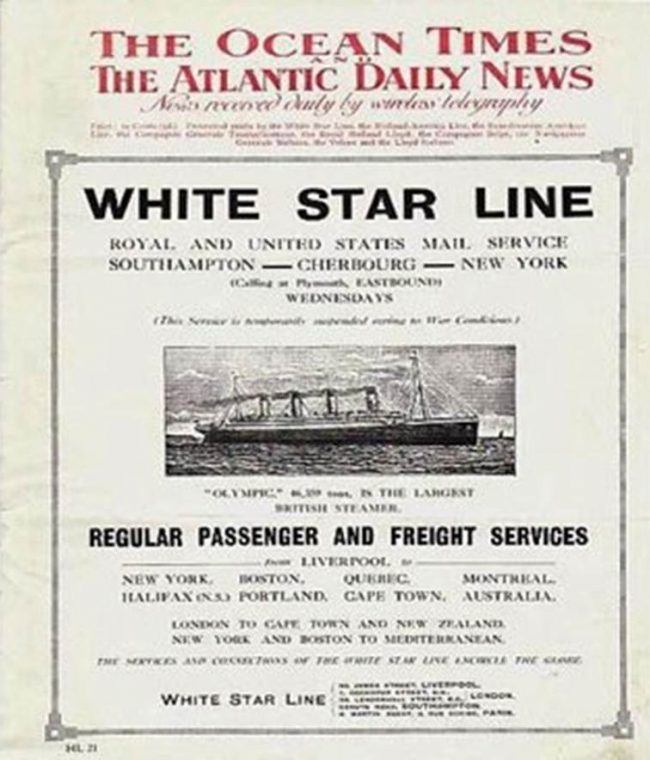
It featured everything from news and society gossip to information on how to hire deckchairs.
[rtk_adunit_top]

Every night during the first watch, wireless operator Jack Phillips would copy down the Marconi news service broadcast.
Phillips would the send his copy down to the Purser’s Office, where the bulletins were typed by the purser (or one of his assistants) on a single sheet called the Atlantic Daily Bulletin.
This was posted each night in the first class smoking room.
[rtk_adunit_middle]
15. There was a rescue ship nearby that ignored the Titanic’s distress calls
Although the Carpathia was the ship that came to the Titanic’s rescue…
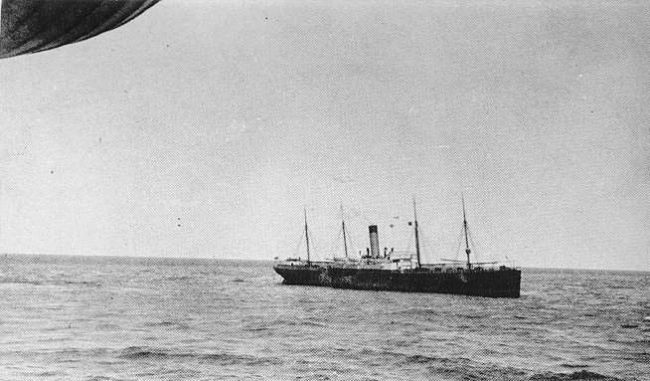
It turns out there was another ship nearby that could have gotten there sooner.

The ship, christened the SS Californian and captained by a man named Stanley Lord, became infamous for not responding to the Titanic’s distress calls.
Debate still rages on about whether Lord ignored the Titanic’s flares on purpose or by mistake.
Two separate inquiries into the sinking concluded that the Californian could have saved many or all of the lives that were lost, had a prompt response been mounted.
[rtk_adunit_bottom]
14. Only a third of the bodies were ever found
No one is really sure whether there are still any human remains amongst the wreckage.
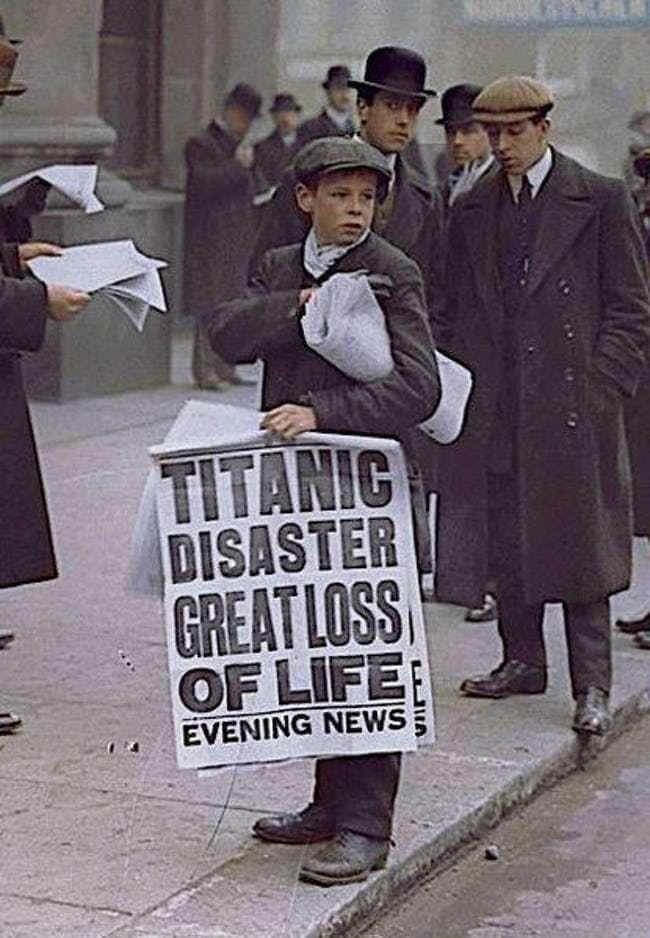
However, searchers only managed to find 340 bodies after the ship had gone down.
[rtk_adunit_top]

That leaves at least 1,100 bodies of passengers from the Titanic still missing to this day.
The bodies found floating in the sea were mostly third class passengers, emigrants and crewman.
They were frozen in the treacherously cold north Atlantic, at night, and were bleached by sunlight during the day.
[rtk_adunit_middle]
13. Eight people were killed building the Titanic
The Titanic didn’t merely claim lives at sea. In total, eight people died just building the luxury cruise liner.
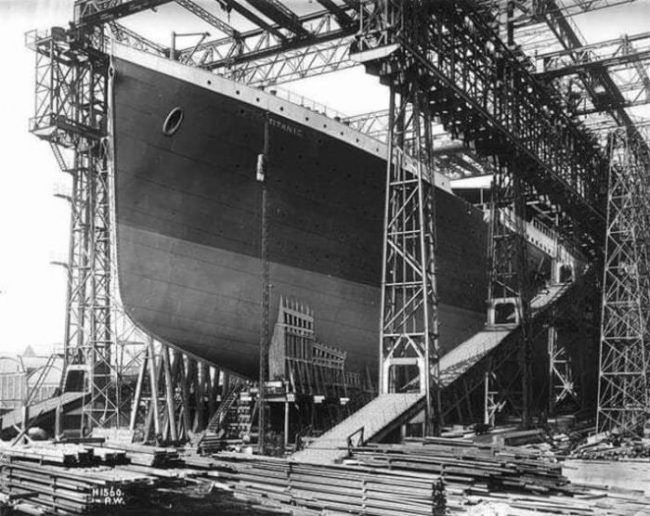
The first was 15-year-old Samuel Scott, who fell from a ladder and fractured his skull in 1911.
[rtk_adunit_bottom]
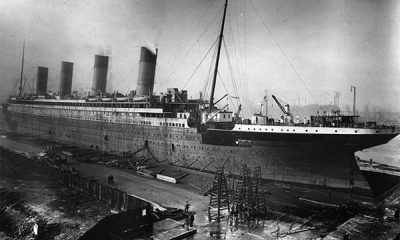
Another, Robert Murphy, was a rivetter who fell and died during the construction.
What makes Murphy’s case particularly tragic is that his son died whilst working on the Titanic’s sister ship, The Olympia.
Another 254 injuries were also reported before construction was complete.
[rtk_adunit_top]
12. The ship’s captain was on the verge of retirement
Edward John Smith, the Stoke-on-Trent-born captain of the Titanic, was planning to retire after the voyage was over.
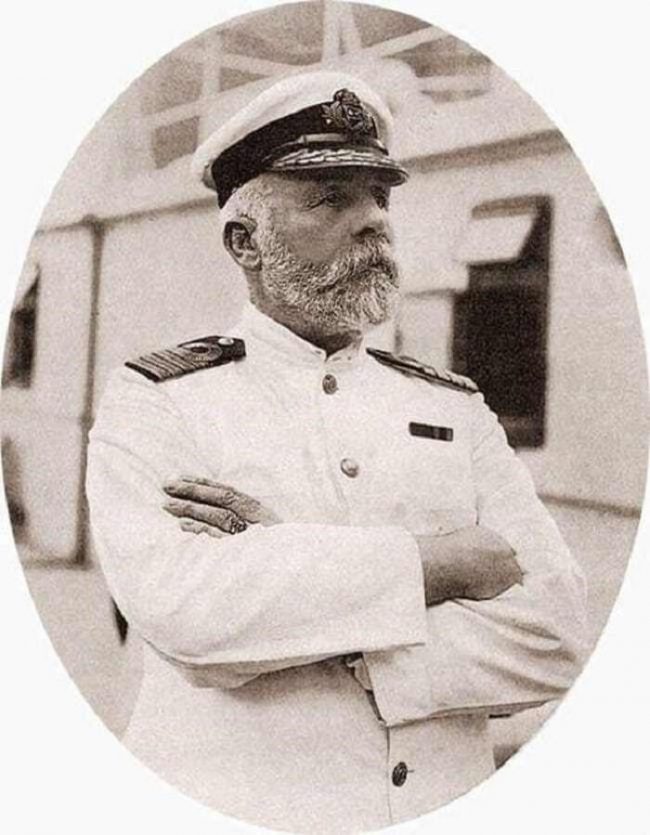
While some think Smith a hero for choosing to go down with his ship, others believe the accident could have been avoided if someone else had been in charge.
[rtk_adunit_middle]
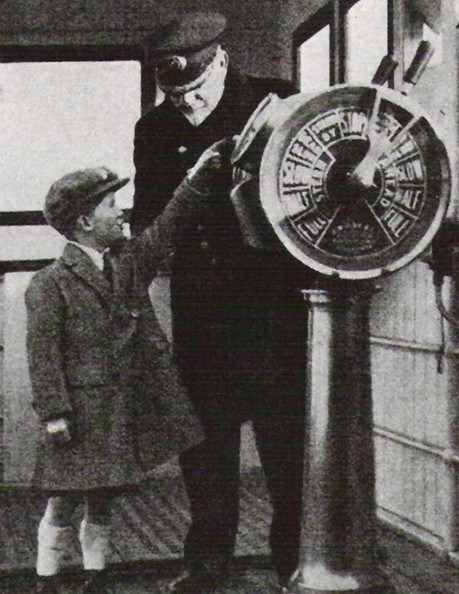
For his stoicism and fortitude in the face of adversity, Smith became an icon of British ‘stiff upper lip’ spirit and discipline.
Some survivors said they saw Smith enter the ship’s wheelhouse on the bridge, and die there when it was engulfed. Other survivors claim to have seen Smith jump from the bridge.
Whatever the case, Captain Smith died only weeks before he was due to begin enjoying retirement.
[rtk_adunit_bottom]
11. The interior of the ship was based on London’s Ritz Hotel
A luxury vessel to the core, the fancy interior of the Titanic was based on that of the famous Ritz Hotel in London.

The design included ornate ceilings and plush carpets, with first-class rooms designed to resemble the Ritz’s luxurious suites.
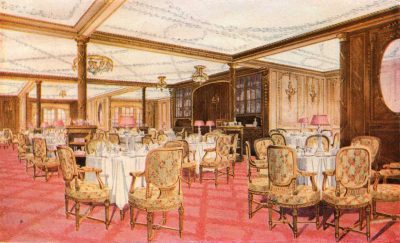
Such was the hotel’s influence, the restaurant on board the ship was actually named The Ritz.
The Ritz was situated on deck B for the use of first-class customers only. This was available in addition to the already sumptuous first-class dining room.
[rtk_adunit_top]
10. There were 13 couples honeymooning on-board
To get a sense of just how tragic the Titanic tragedy was, there were 13 couples honeymooning aboard when the ship went down.
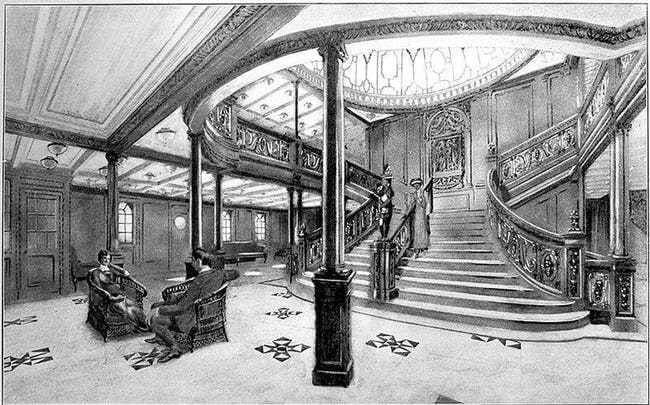
Daniel Warner Marvin and Mary Marvin were newlyweds when they stepped aboard RMS Titanic at Southampton on 10th April 1912.
[rtk_adunit_middle]
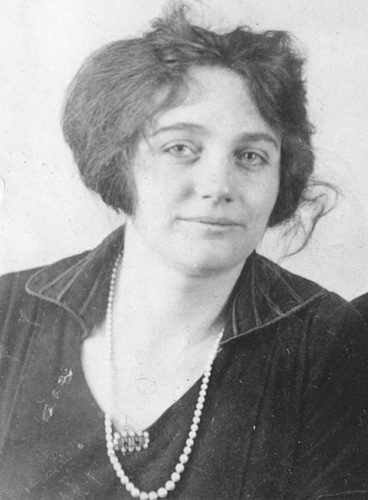
The couple were originally set to sail on the RMS Carpathia, the ship that would later come to the Titanic’s rescue.
The couple switched because Captain Smith was a family friend and asked them to go on the maiden voyage.
Daniel lost his life during the disaster whilst his new wife survived, along with their child whom Mary was pregnant with at the time.
[rtk_adunit_bottom]
9. You can go visit the wreckage – for a price
Feeling morbid? Then paying a visit to the final resting place of the Titanic might be right up your alley.
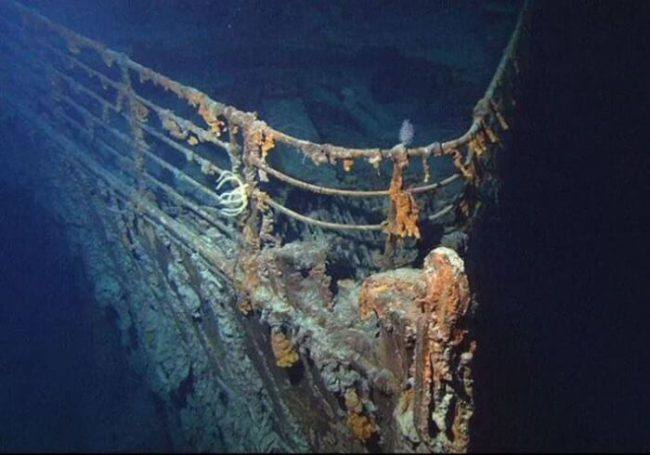
For an eye-watering fee of $60,000, you can go visit the Titanic wreckage with diving company Concierge Service Bluefish.

After inflation is taken in to account, this equates to about the same price as a first class ticket on the original voyage.
Customers are flown out by helicopter to a base yacht and spend two days there before making the descent. The wreckage is two miles beneath the surface of the water.
[rtk_adunit_top]
8. The ship’s last meal had an impressive 11 courses
Before the ship sank, first-class Titanic diners were treated to what would prove to be one extravagant last supper.
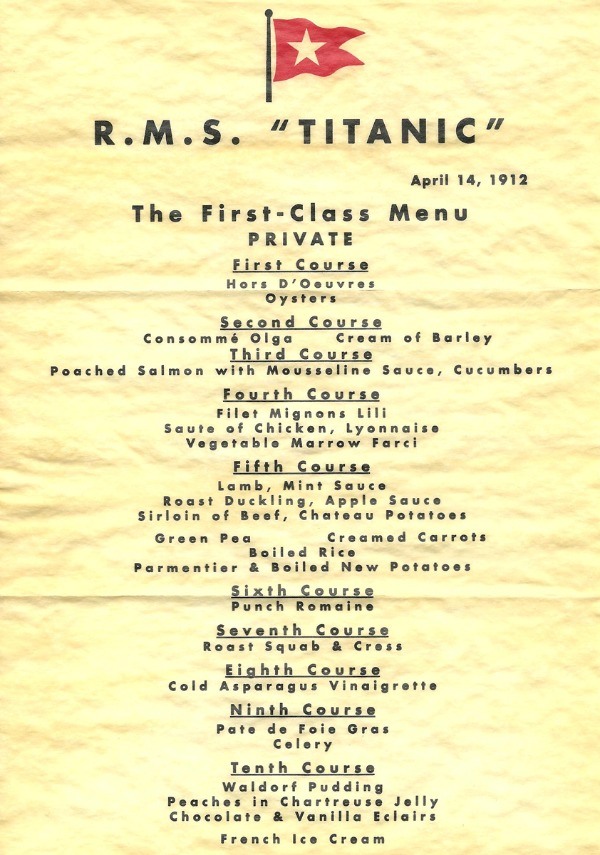
The Titanic’s menu on the evening of 14th April, 1912 boasted a meal comprised of an impressive 11 courses.
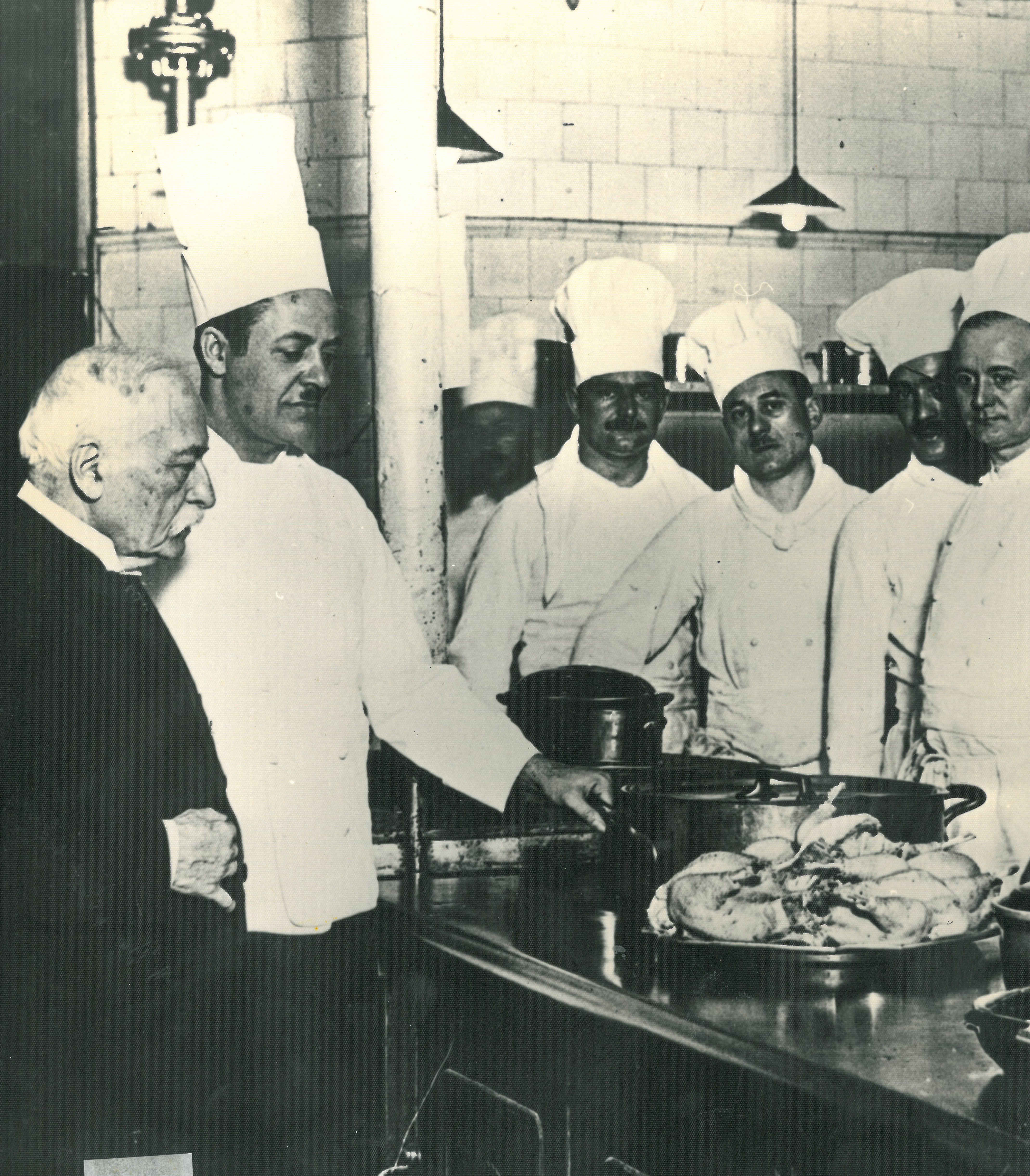
These included cream of barley soup, poached salmon, filet mignon, foie gras and Waldorf pudding, all prepared by top French chef Auguste Escoffier.
At the time, the wealthy lived off a high fat diet and meals were accompanied by ample liquor.
[rtk_adunit_middle]
7. One of the ship’s smokestacks was non-functional
Images of the Titanic at sea always feature prominently the vessel’s iconic smokestacks belching out air pollution, but one of them was purely for decoration.
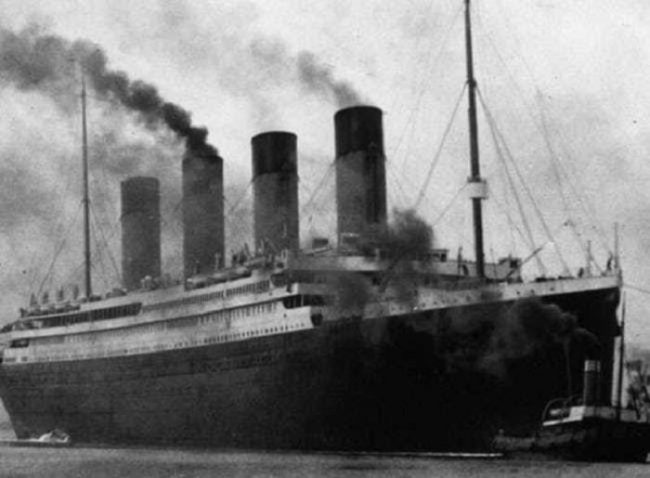
There were two reasons for this. One was that smoke stacks had become associated with better speed.

Other fast ships at the time all had four smokestacks, so the public and press expected to see four on the Titanic.
The other reason was so that it gave the ship the appearance of being well balanced. Four smokestacks meant that they could spread them across the vessel.
[rtk_adunit_bottom]
6. The ship’s lookout didn’t have access to binoculars on the night the ship crashed into the iceberg
A lot of things went wrong on that fateful night for the Titanic to sink, but the absence of binoculars was surely one of the more avoidable factors.
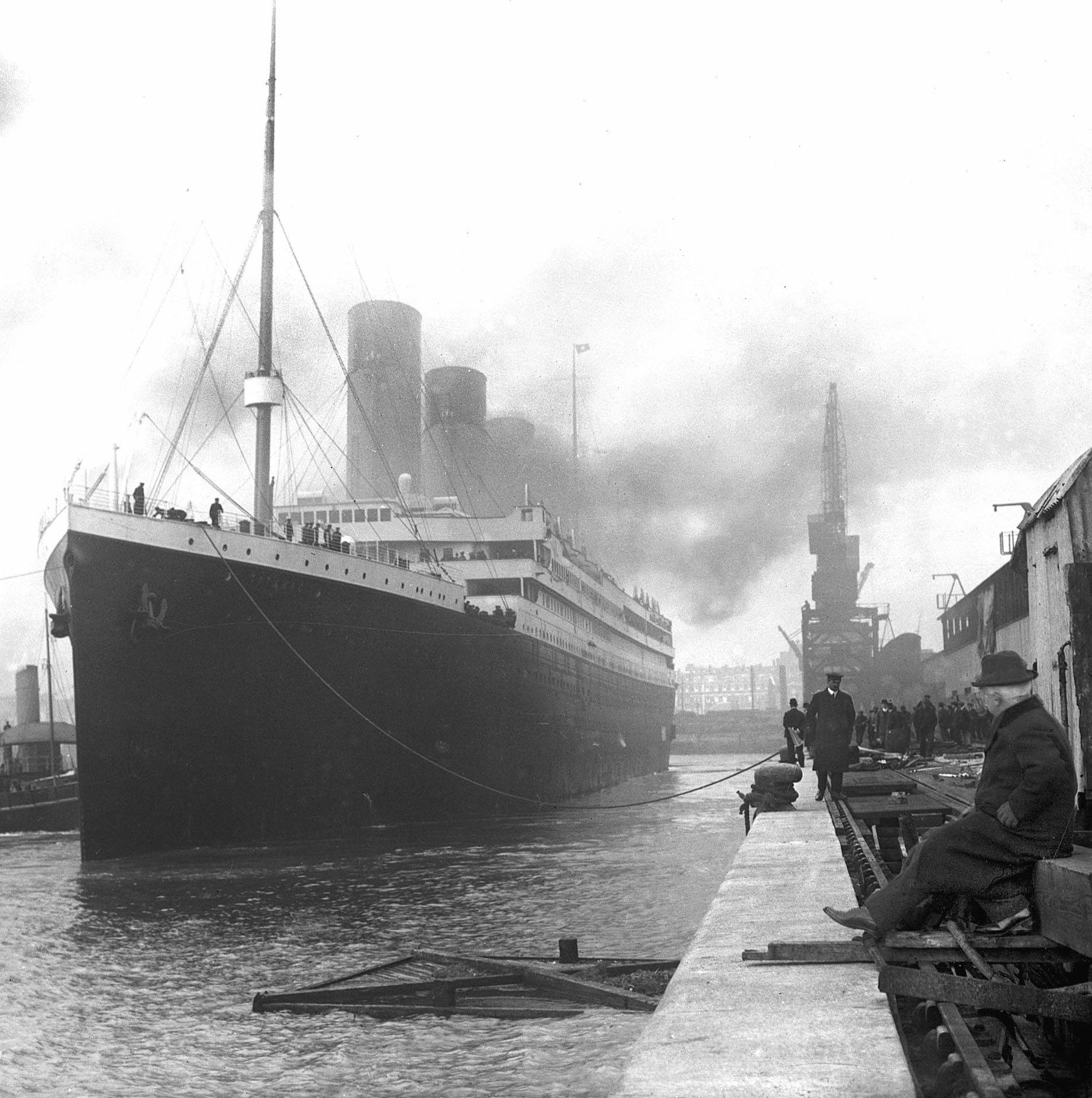
Though the ship’s lookout was supposed to have access to binoculars, none were handy on the night of the accident.
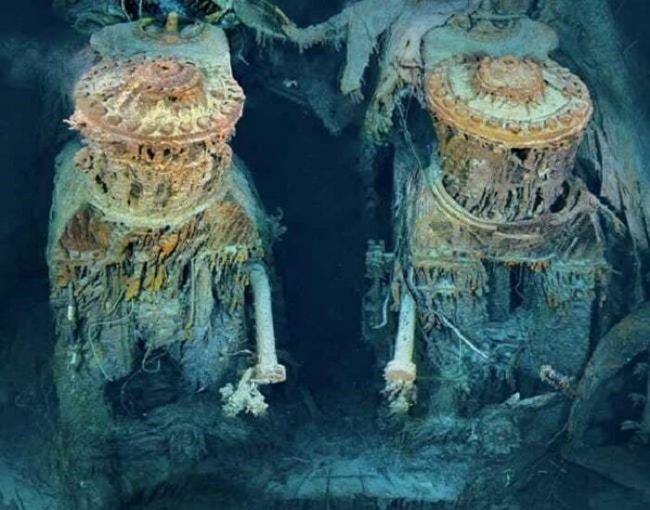
Sadly, the binoculars were in a lock box, and on that fateful night no one could find the key.
Had the lookout been equipped with binoculars, he might have spotted the deadly iceberg sooner.
[rtk_adunit_top]
5. The last survivor passed away less than a decade ago
Though the Titanic sank in 1912, or 106 years ago, it was only recently that the ship’s last survivor passed.
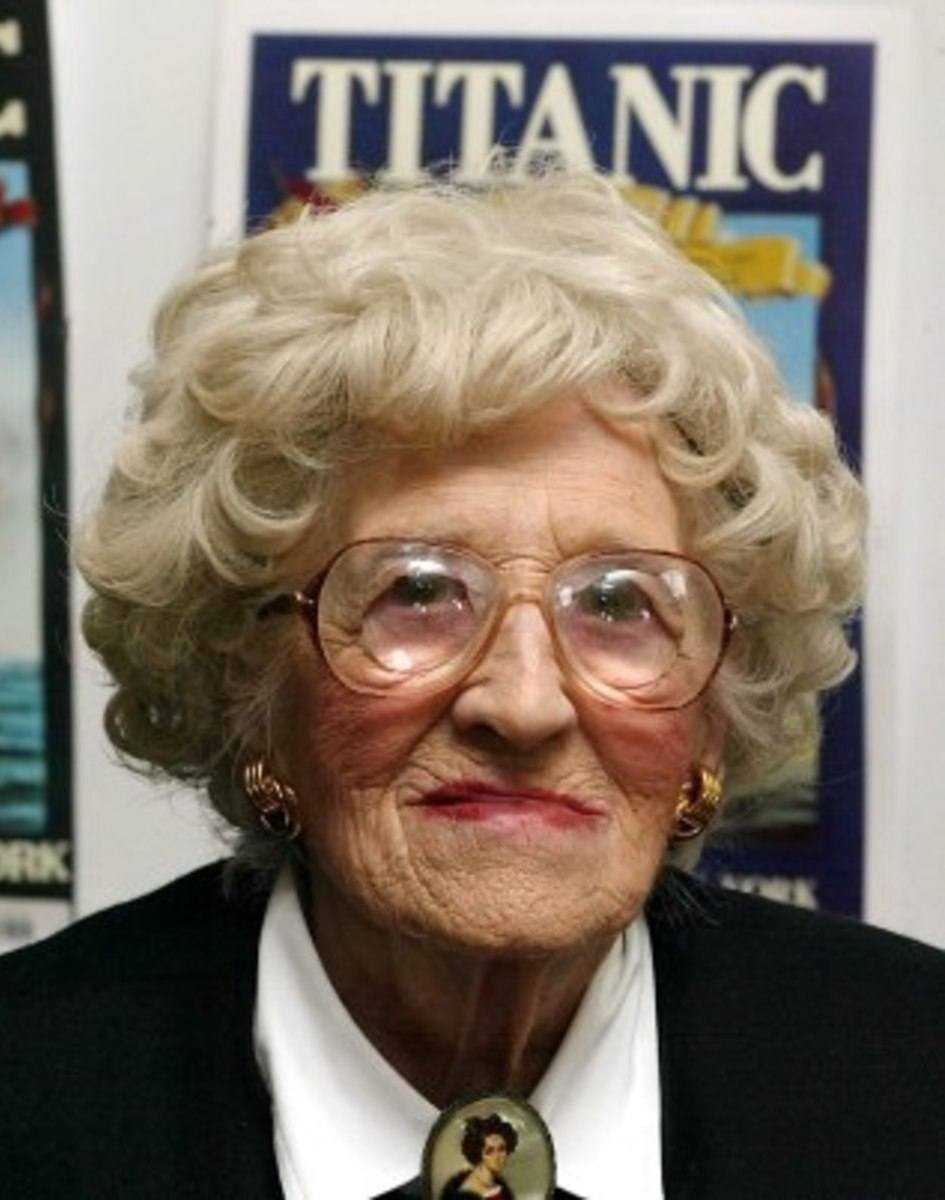
Millvina Dean, the last surviving person to have made it off the Titanic alive, died in 2009 at the age of 97.

Dean was only an 8-week-old baby at the time of the sinking. Her family were aboard the ship as third-class passengers.
Though her mother and brother survived the sinking, Dean’s father was yet another victim of the disaster. His body was never recovered.
[rtk_adunit_middle]
4. The Titanic tragedy was ‘predicted’ by an American author
The novella The Wreck of the Titan: Or, Futility was written by Morgan Robertson in 1898, and seems to have predicted the sinking of the famous ship.
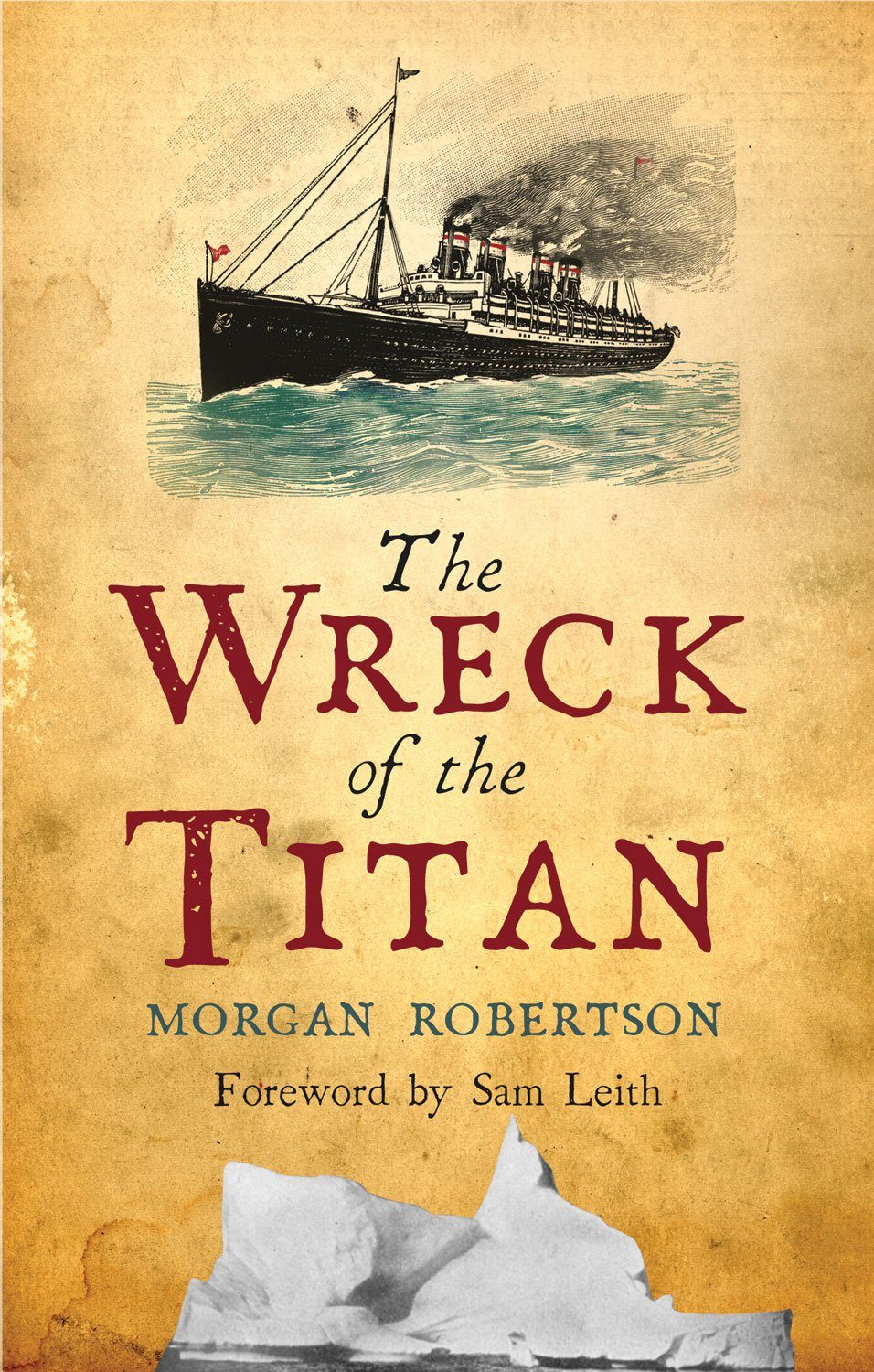
The novella is about a huge ocean liner by the name of Titan which, just like the Titanic, sinks after hitting an iceberg in the North Atlantic.
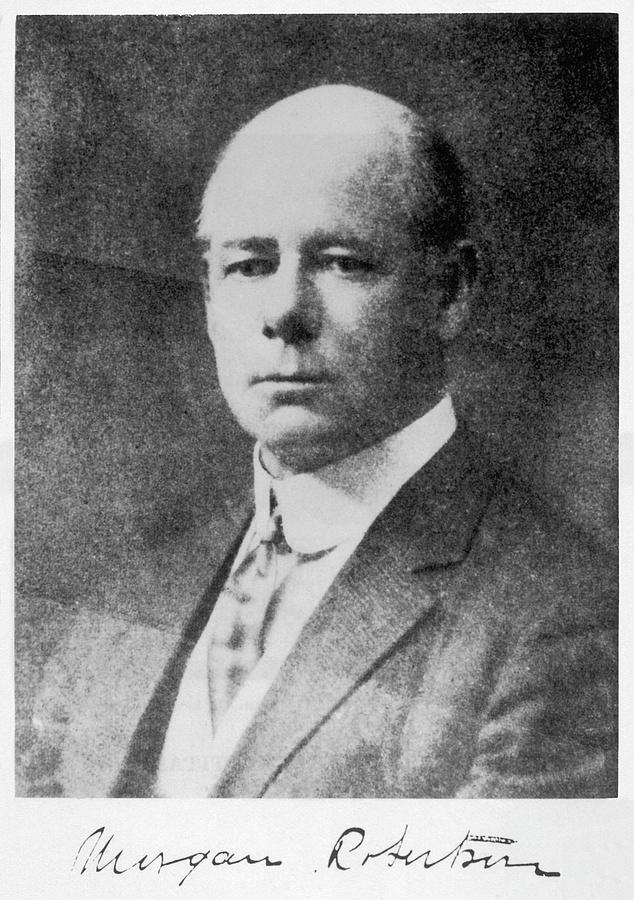
The fictional Titan also had a severe lack of lifeboats on board, leading to a great number of casualties.
After the events in his novella played out in reality 14 years later, Robertson was called a clairvoyant – but he rejected the claim.
[rtk_adunit_bottom]
3. An optical illusion made both the iceberg and the sinking Titanic difficult to spot
On the night of the tragedy, the environment might have hindered the Titanic lookout’s ability to see disaster coming.
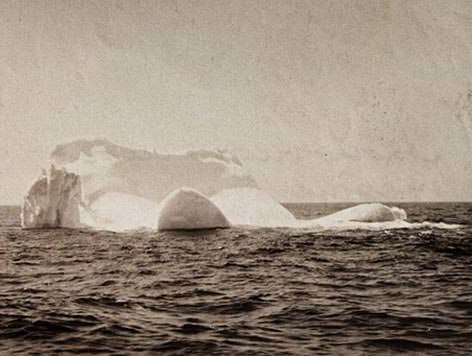
Smithsonian magazine explains: “Atmospheric conditions in the area that night were ripe for super refraction…
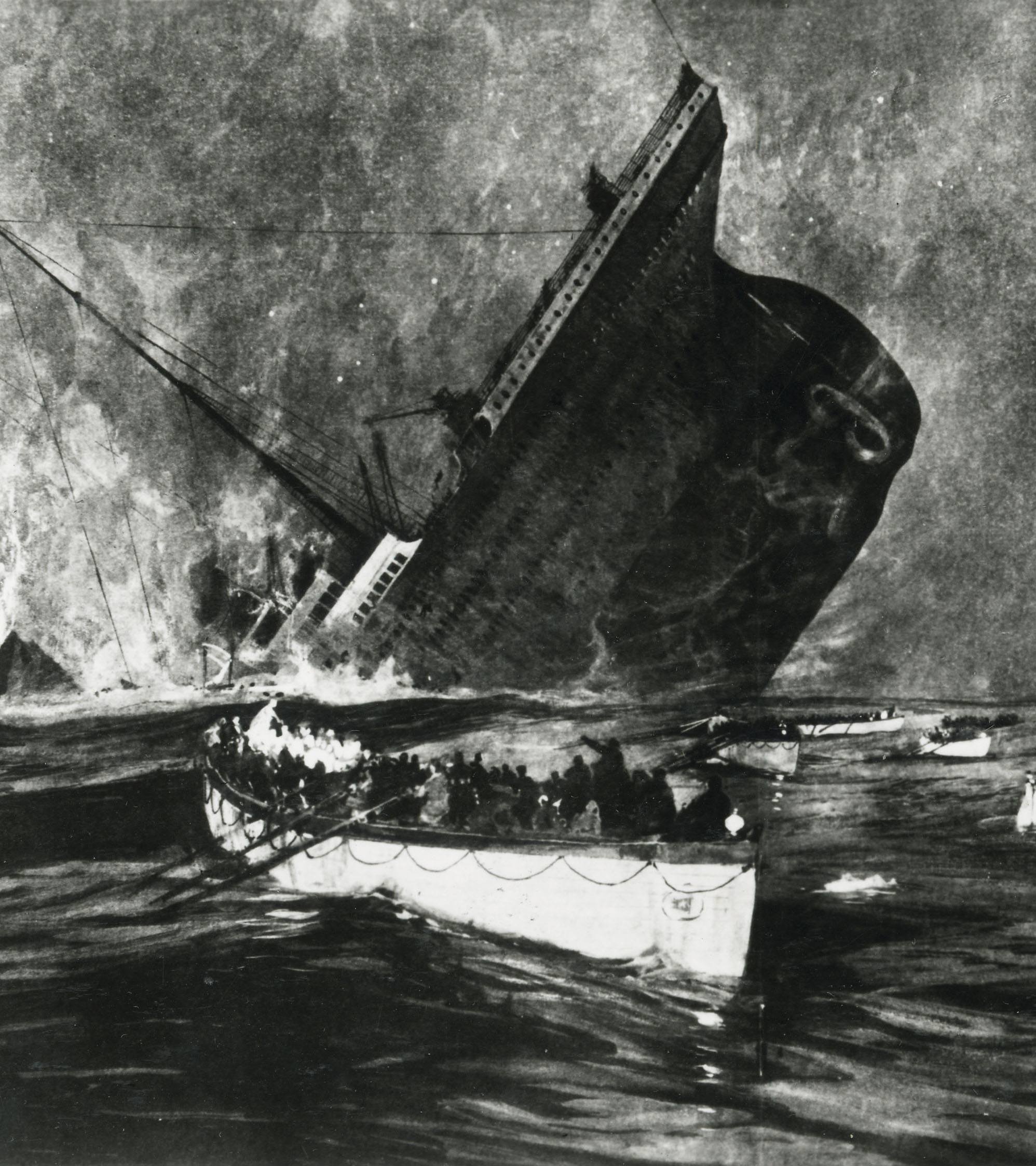
“This extraordinary bending of light causes miraging, which, [an expert] discovered, was recorded by several ships in the area.”
The Smithsonian explains that this prevented the Titanic’s lookouts from seeing the iceberg in time and the freighter Californian from identifying the ocean liner and communicating with it.
[rtk_adunit_top]
2. The full moon might have increased the likelihood of the sinking
Scientists think that the full moon on the night of the sinking contributed to the disaster.

Richard A. Lovett from National Geographic wrote: “That full moon, on January 4, 1912, may have created unusually strong tides that sent a flotilla of icebergs southward — just in time for Titanic’s maiden voyage.”
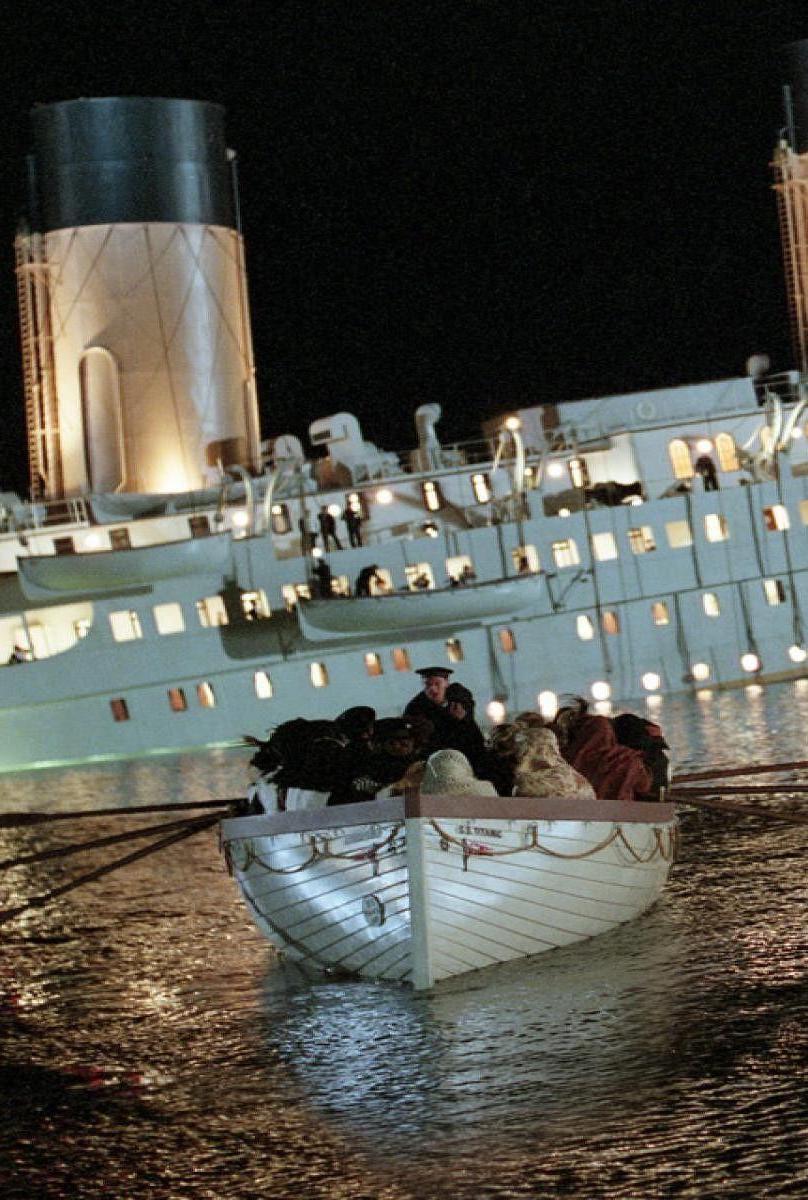
He continued by saying that the lunar approach observed on that night was the closest since the year 796.
All told, it really does seem like fate was conspiring against The Titanic on that night.
[rtk_adunit_middle]
1. The first newspaper report on the disaster wrote that there were no casualties
The Daily Mail made a horrible mistake when reporting the sinking of the Titanic the day after, on Tuesday 16th April.
The newspaper reported the events, but stated that no lives had been lost. It also said a ship named the Virginian was towing the Titanic towards Halifax.
[rtk_adunit_bottom]
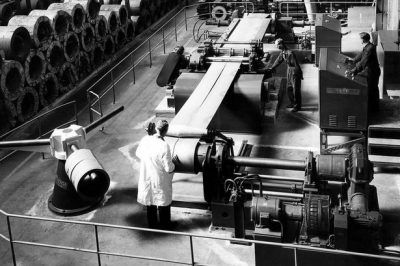
The newspaper read: ‘She sank at 2.20 in the afternoon (7.20 in the afternoon). No lives were lost.’
Soon after, the paper realised the awful mistake and began to report the real human cost of the disaster.
[rtk_adunit_end]

